Incredible facts about animals that can regrow limbs
Trending Now
Welcome to the mind-boggling world of animals that can regenerate lost limbs and body parts! From land to sea, numerous creatures possess this fantastic ability. Imagine losing a part of your body and having it grow back like nothing happened. While we humans can only dream of such capabilities, the animal kingdom is full of species that make regeneration look like a walk in the park.
What is Limb Regeneration?
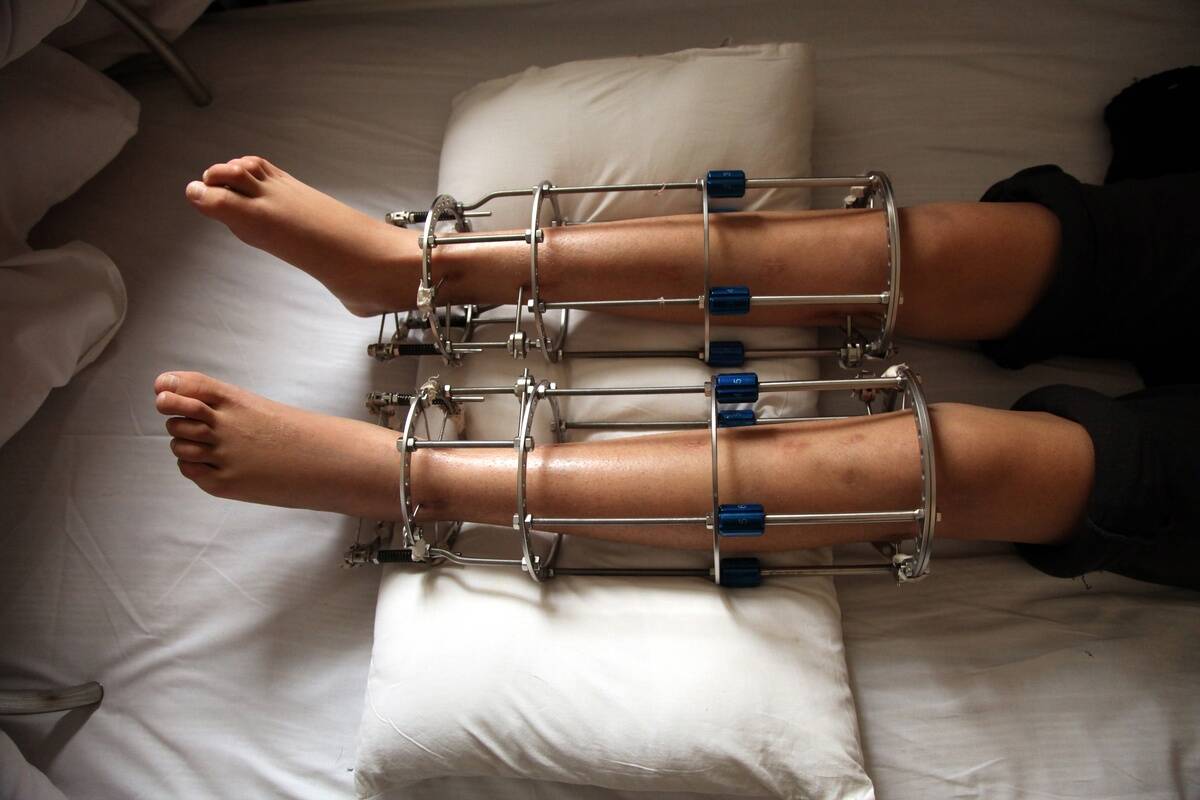
Limb regeneration is the process by which some animals can regrow lost limbs. This extraordinary ability involves complex biological processes that include cell proliferation and tissue patterning. Unlike simple healing, regeneration results in the complete restoration of the original limb, both in form and function. It’s like nature’s own reset button, allowing animals to recover from injuries that would be catastrophic for others.
The Science Behind Regrowth: How Do They Do It?
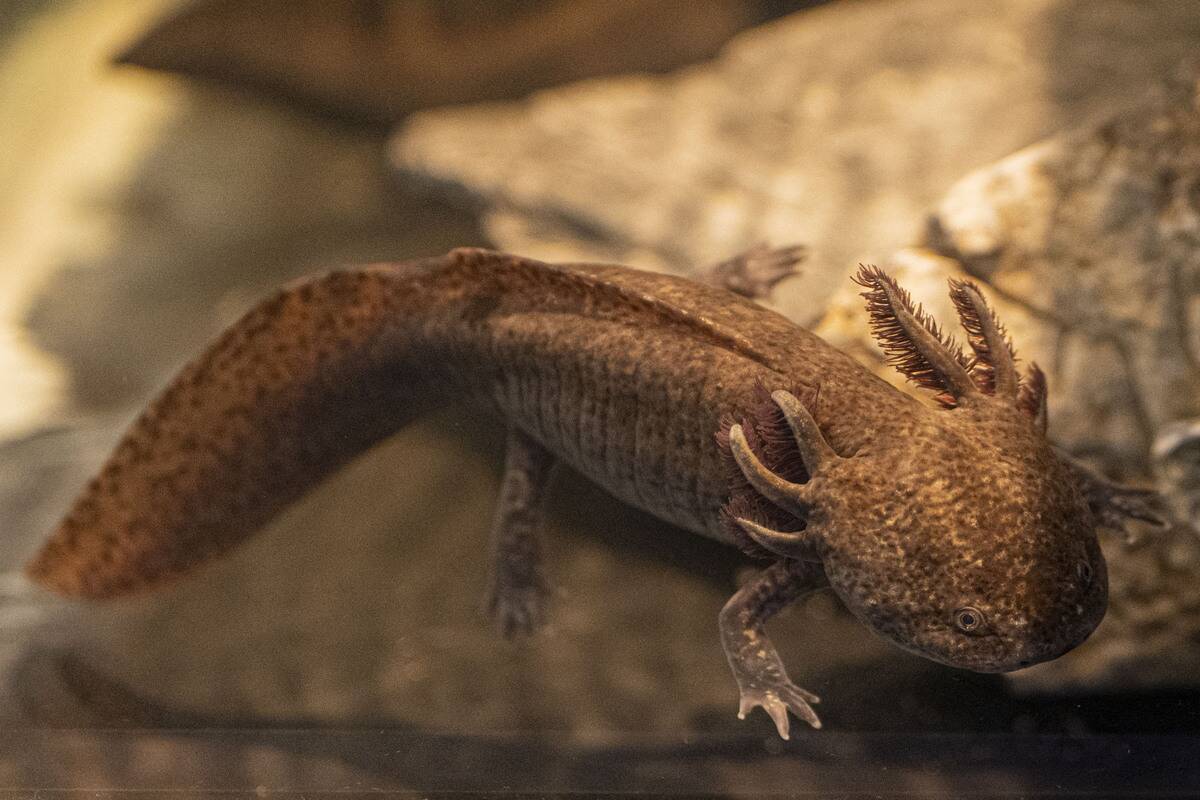
The magic behind limb regeneration lies in the unique cellular processes that these animals possess. It all starts with the formation of a blastema, a mass of cells capable of growth and regeneration. These cells can divide and differentiate into the various tissues needed to reconstruct the limb. Key players in this process are the stem cells, which have the remarkable ability to turn into different cell types.
Salamanders: The Superstar Regenerators
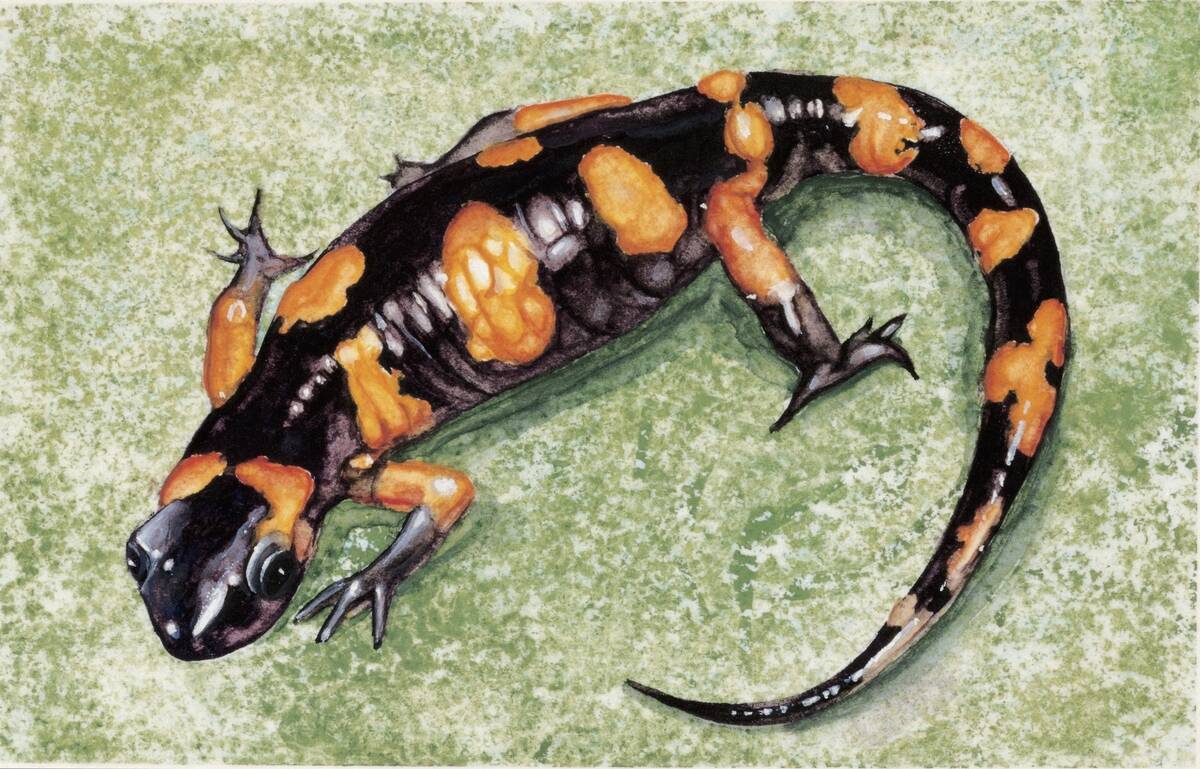
When it comes to regeneration, salamanders are the undisputed champions. These amphibians can regrow entire limbs, tails, and even parts of their hearts and eyes! Scientists are particularly fascinated by their ability to regenerate not only the flesh but also bones and nerves. Salamanders’ regenerative prowess is so advanced that they can reform limbs multiple times throughout their lives without scar tissue.
Axolotls: The Adorable Regrowth Champions
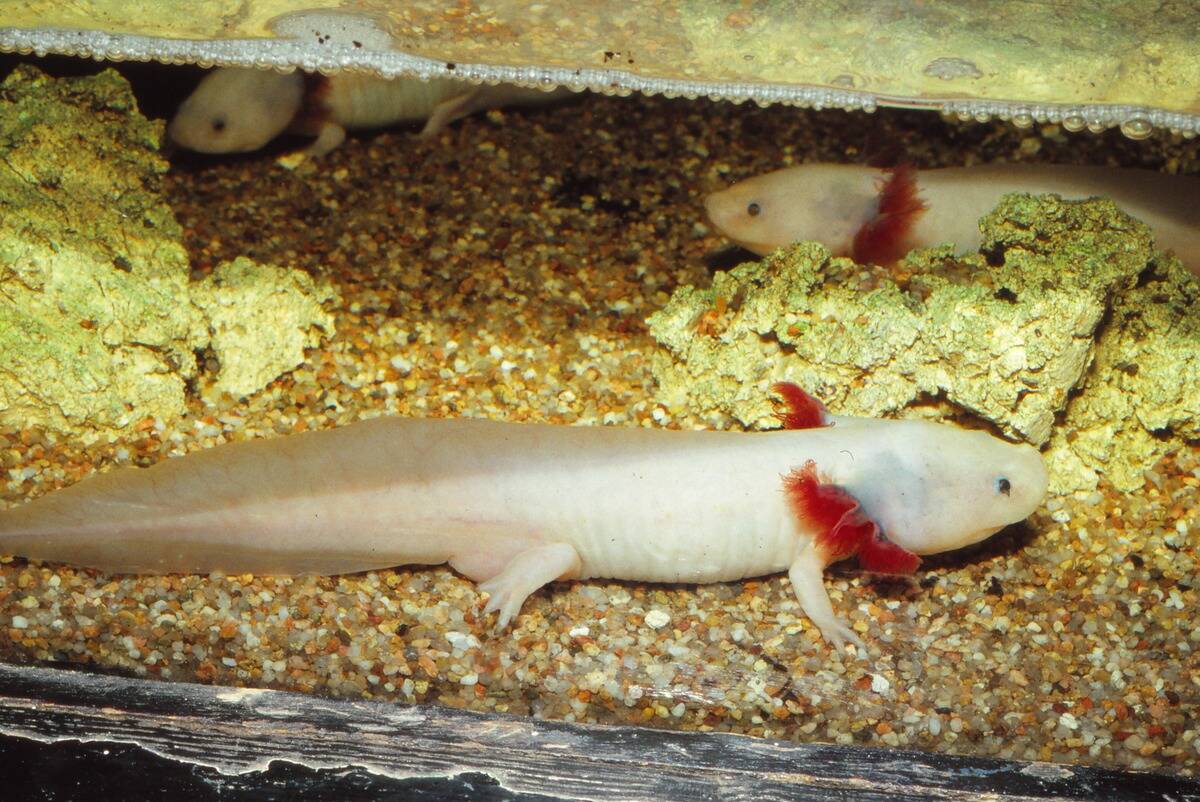
Axolotls, often called “walking fish,” are actually salamanders with phenomenal regenerative abilities. They can regenerate limbs, spinal cords, and even parts of their brains. This makes them invaluable to scientific research. With their permanently juvenile appearance and charming smile, axolotls have captured the hearts of many. Their regenerative capabilities continue to inspire studies into how we might harness similar powers.
Sea Stars: Masters of Marine Limb Regrowth
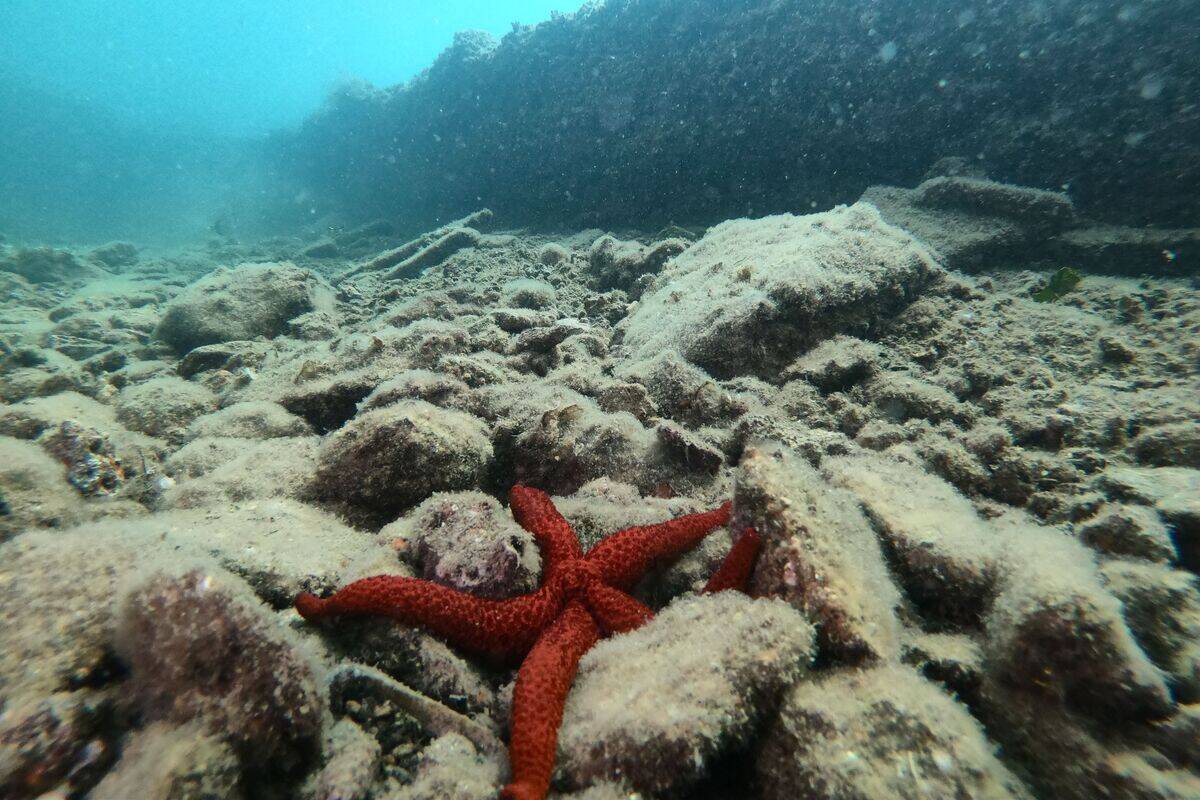
Sea stars are not just pretty sea creatures; they’re also regeneration experts. Lose an arm? No problem! Sea stars can regrow lost limbs, and some species can even regenerate a whole new body from a single limb. This ability is crucial for their survival in the wild, where predation and environmental hazards are common. Their unique regenerative capabilities also help them adapt and thrive in diverse marine environments.
Planarians: The Regeneration Pioneers
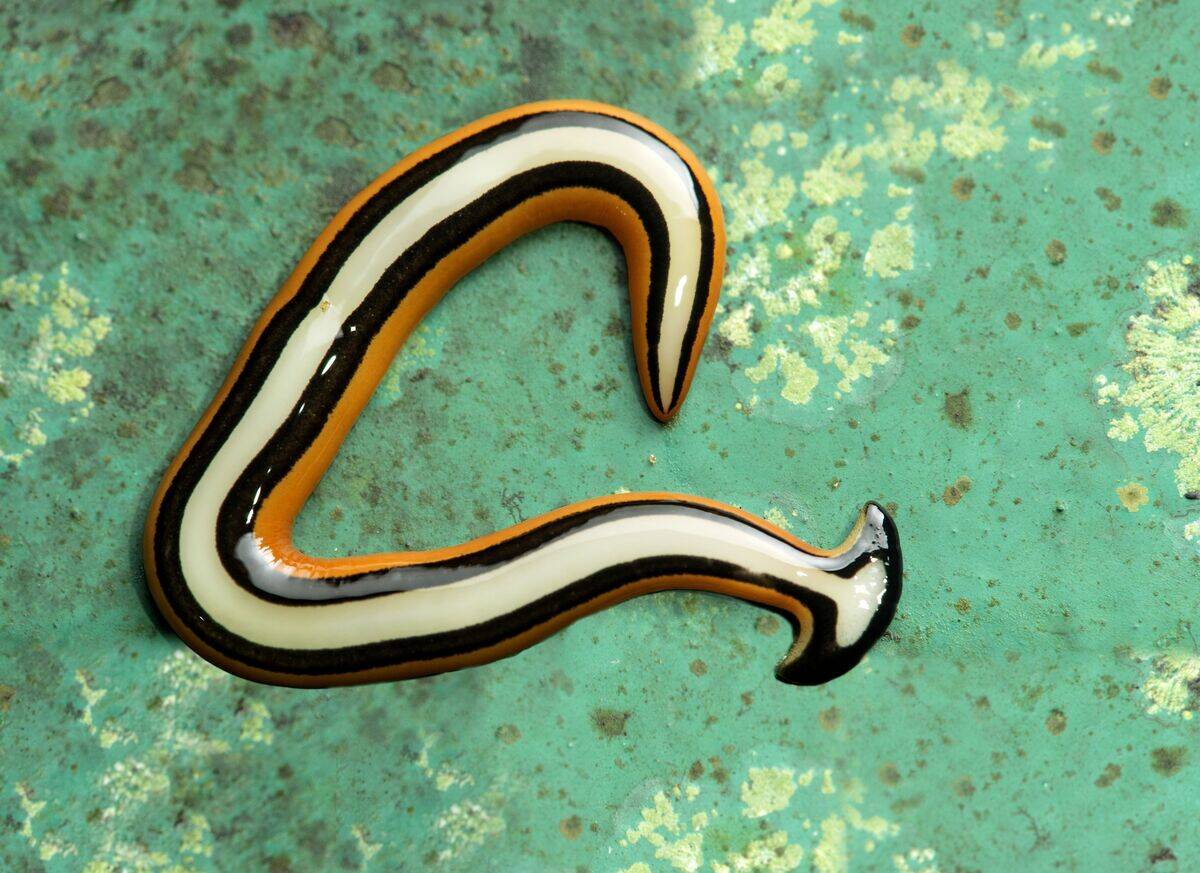
Planarians are small flatworms with an extraordinary ability to regenerate. A single planarian cut into pieces can regenerate into multiple new flatworms, each a perfect clone of the original. This regenerative prowess is due to their high number of pluripotent stem cells, which can develop into various cell types. Their simple body plan and remarkable regenerative abilities make them popular subjects in biological research.
Crabs: The Crustacean Limb Regrowth Experts

Crabs might not seem like regrowth experts, but they can regenerate lost claws and legs. This process is closely tied to their molting cycle. When a crab loses a limb, it can grow a new one underneath its shell, which becomes visible after the next molt. This ability allows crabs to recover from injuries and continue thriving in their sometimes harsh environments.
Lizards: The Tail Regeneration Specialists

Lizards are well-known for their ability to regrow lost tails. This adaptation allows them to escape predators while sacrificing part of their tail. The regeneration process involves the growth of a new tail that may not be an exact replica but serves its purpose well. This ability is not only a survival mechanism but also a fascinating example of nature’s ingenuity at work.
Anoles: The Colorful Limb Regrowth Lizards

Anoles, a type of lizard, are particularly adept at regenerating their tails. These vibrant creatures use their tails for balance and communication, making tail regrowth crucial. The process is similar to that of other lizards, with new tissue forming from a blastema. Anoles’ ability to regrow tails without significant loss of function showcases the efficiency of nature’s regenerative strategies.
Octopuses: The Tentacle Regeneration Wizards
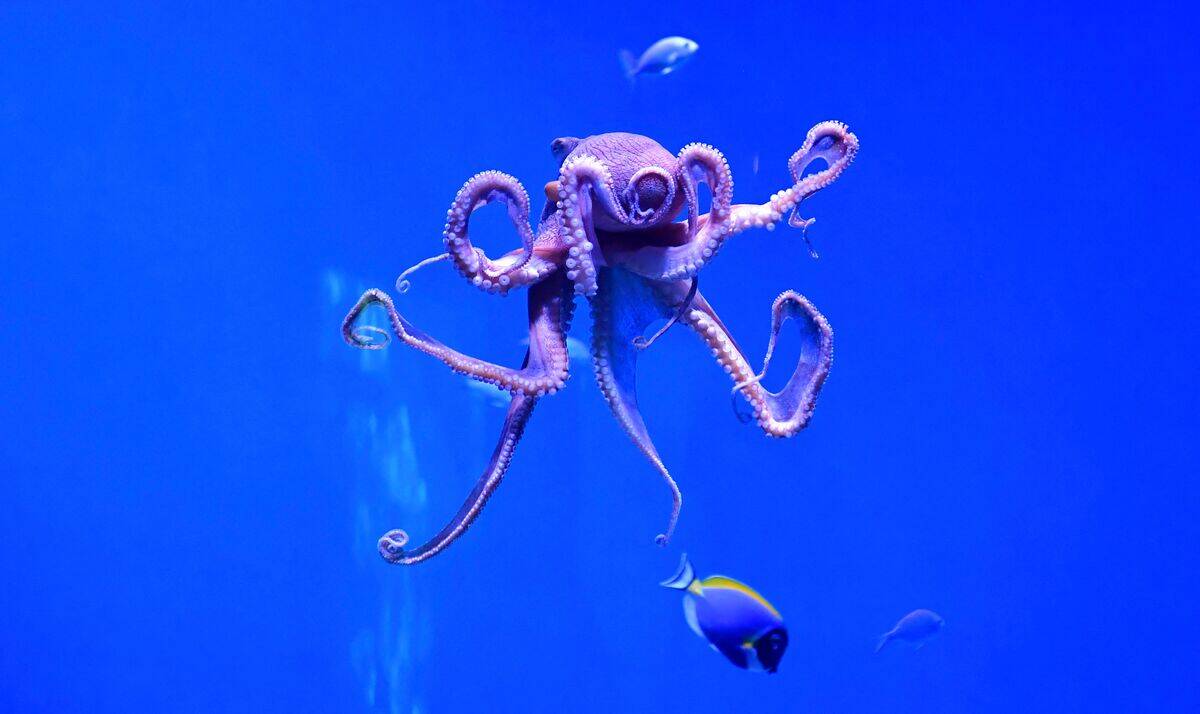
Octopuses are not only known for their intelligence but also for their incredible ability to regenerate tentacles. Lose a tentacle to a predator? No worries, it will grow back! This regenerative ability is vital for survival in the ocean’s competitive ecosystem. The new tentacle regains full functionality, allowing the octopus to continue hunting and exploring its underwater world.
Spiny Mice: The Unexpected Mammalian Regenerators
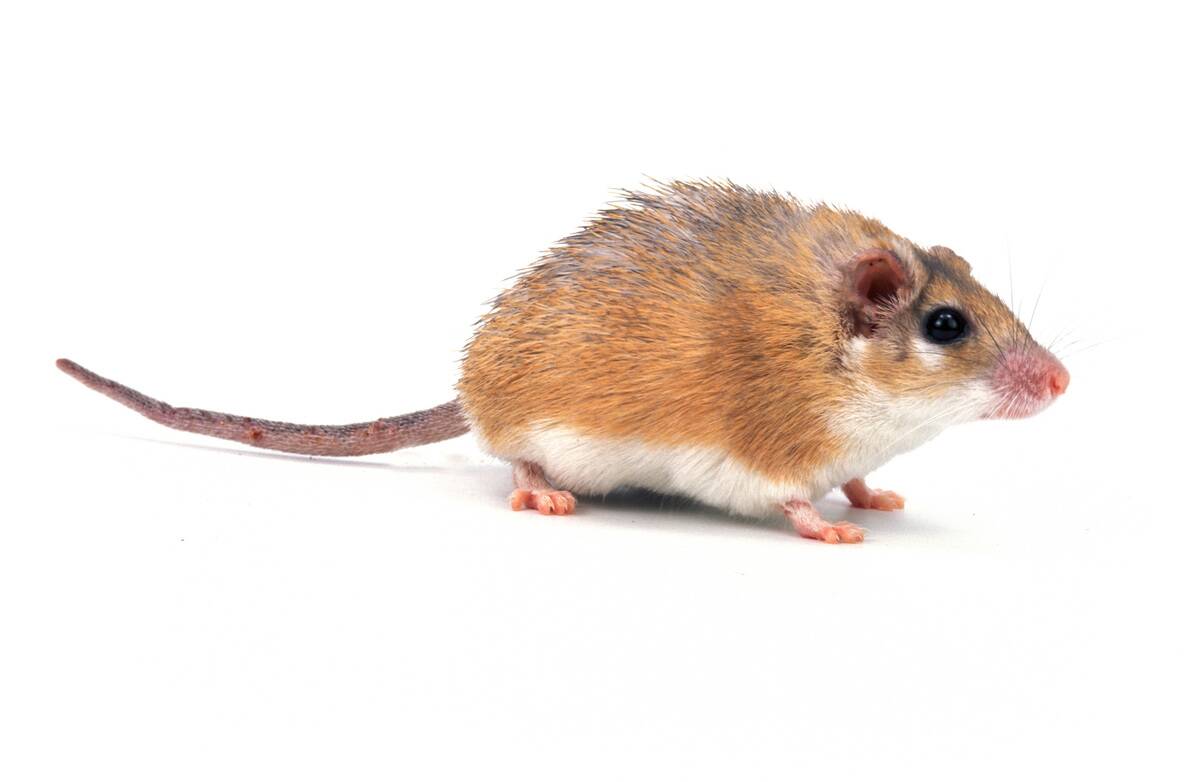
Spiny mice are unique among mammals for their ability to regenerate not just skin, but also cartilage and hair follicles. When injured, these mice can regrow tissue without scarring, a trait rare in mammals. This remarkable ability is being studied for potential applications in human medicine. Their regenerative skills make spiny mice a compelling example of nature’s diverse strategies for healing and growth.
Zebrafish: The Scale and Fin Regrowth Whizzes
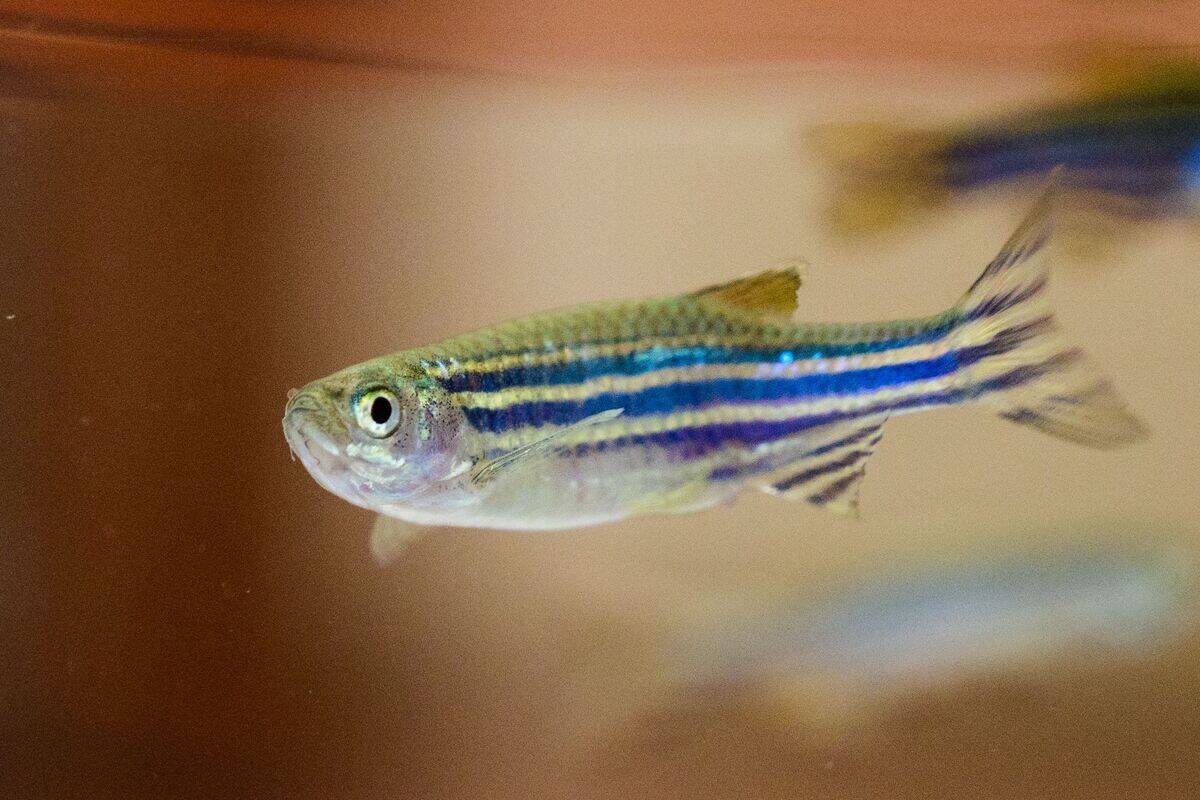
Zebrafish are small freshwater fish with an impressive capacity for regeneration. They can regrow fins, scales, and even parts of their hearts. This makes them invaluable to scientific research, particularly in the study of heart regeneration. Zebrafish have become a model organism for understanding how regenerative processes can be applied to human medicine, offering hope for future breakthroughs.
Earthworms: The Garden Variety Regenerators
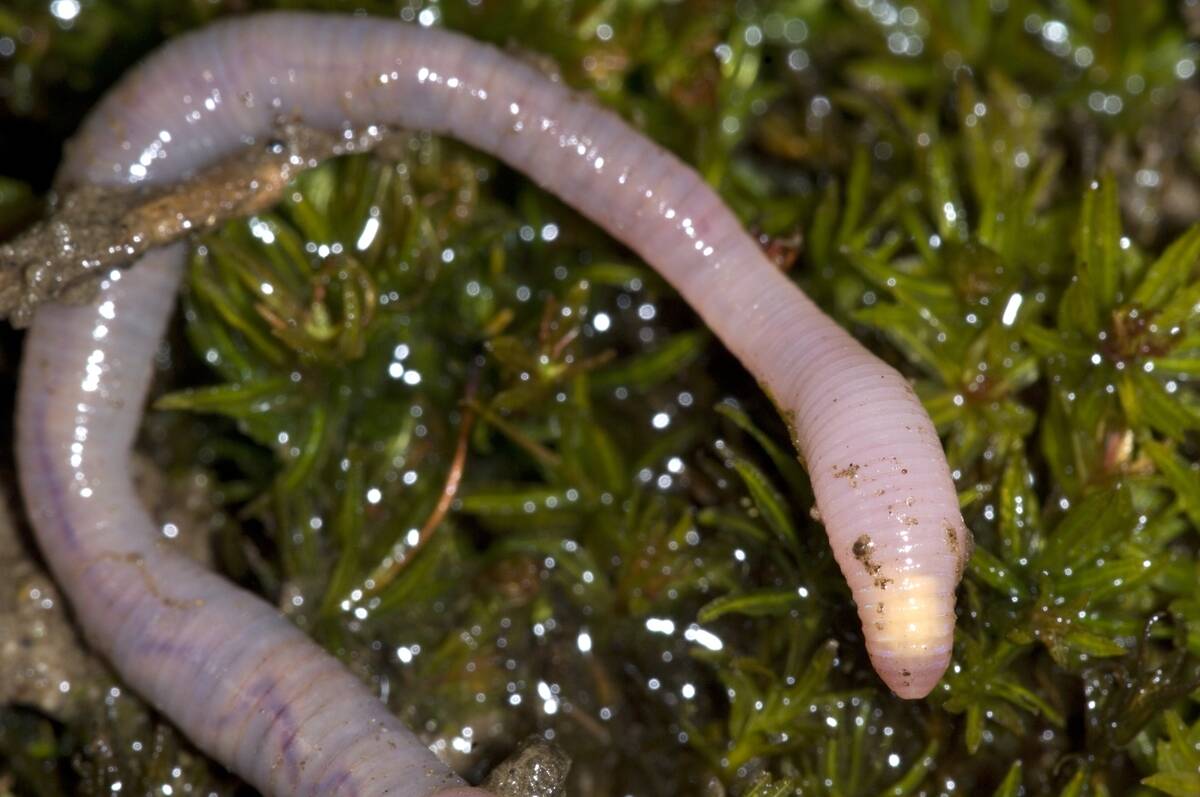
Earthworms, those humble garden dwellers, have a surprising regenerative ability. They can regrow lost segments, though the extent varies by species. This ability aids their survival and continued soil aeration, which is crucial for healthy ecosystems. Earthworm regeneration is a testament to the hidden wonders of nature, often found right beneath our feet as they diligently go about their earth-enriching duties.
The Role of Stem Cells in Limb Regeneration
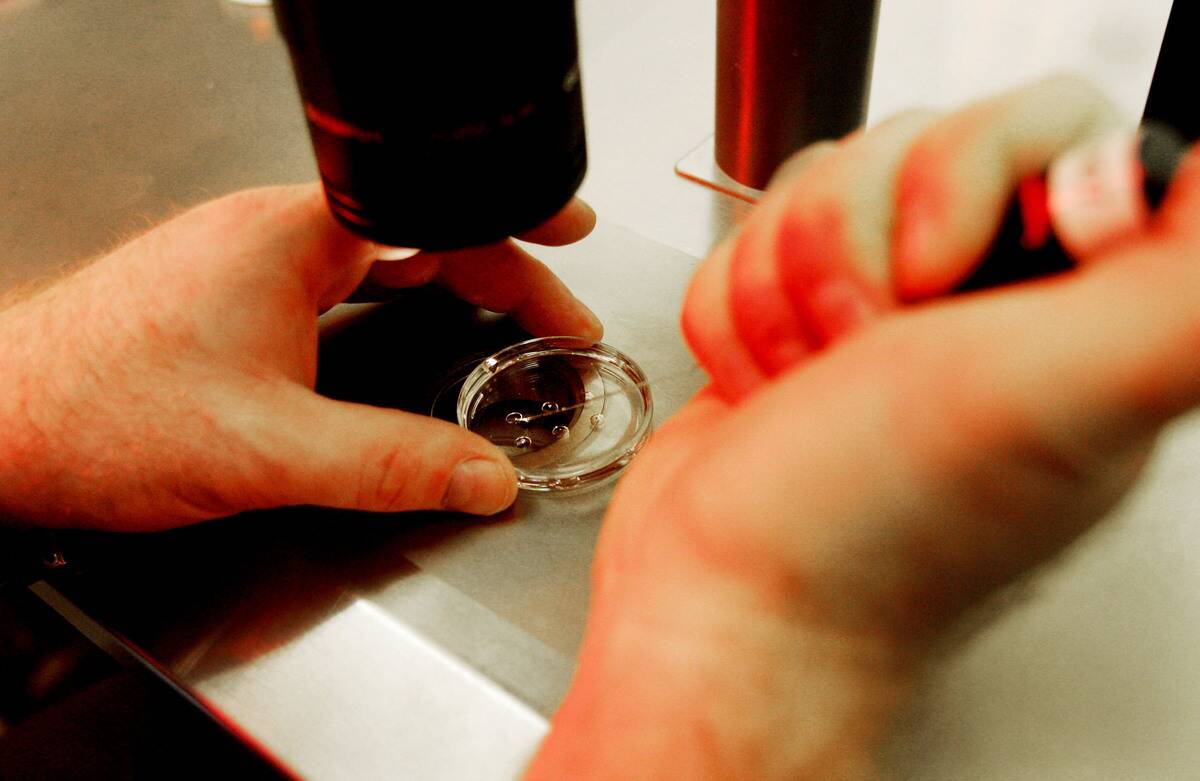
Stem cells are the unsung heroes of limb regeneration. These versatile cells have the ability to transform into different cell types, making them essential for regrowth. In regenerating animals, stem cells create the new tissues needed to replace lost limbs. Research into stem cells is not only unlocking the secrets of animal regeneration but also holds potential for advancing regenerative medicine in humans.
How Limb Regeneration Benefits These Animals
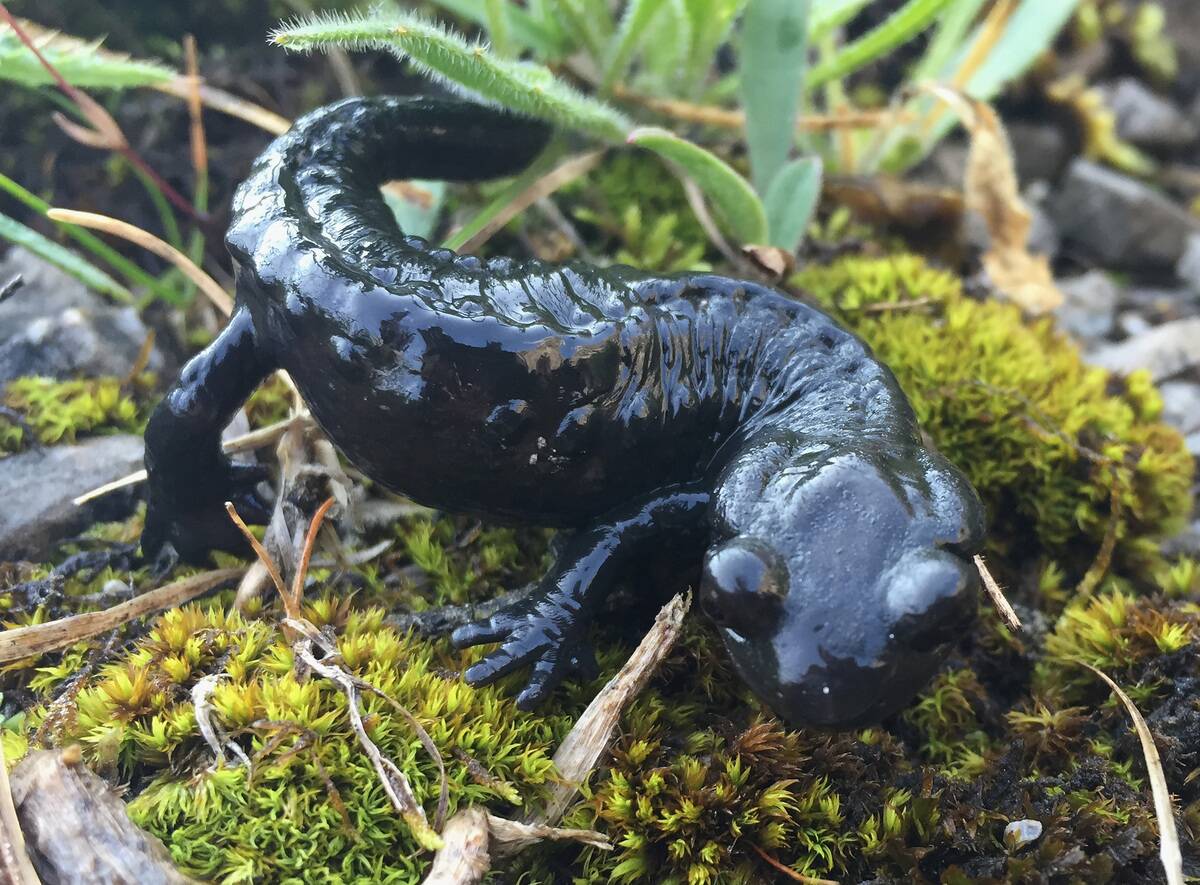
Limb regeneration offers significant survival advantages to animals. It allows them to recover from predation attempts and environmental hazards, ensuring their continued survival and reproduction. Regeneration also aids in maintaining functionality, such as locomotion and foraging, which are vital for their ecological roles. This ability to regrow lost parts is a key factor in the resilience and adaptability of these species.
Can Humans Learn from Nature’s Regenerators?
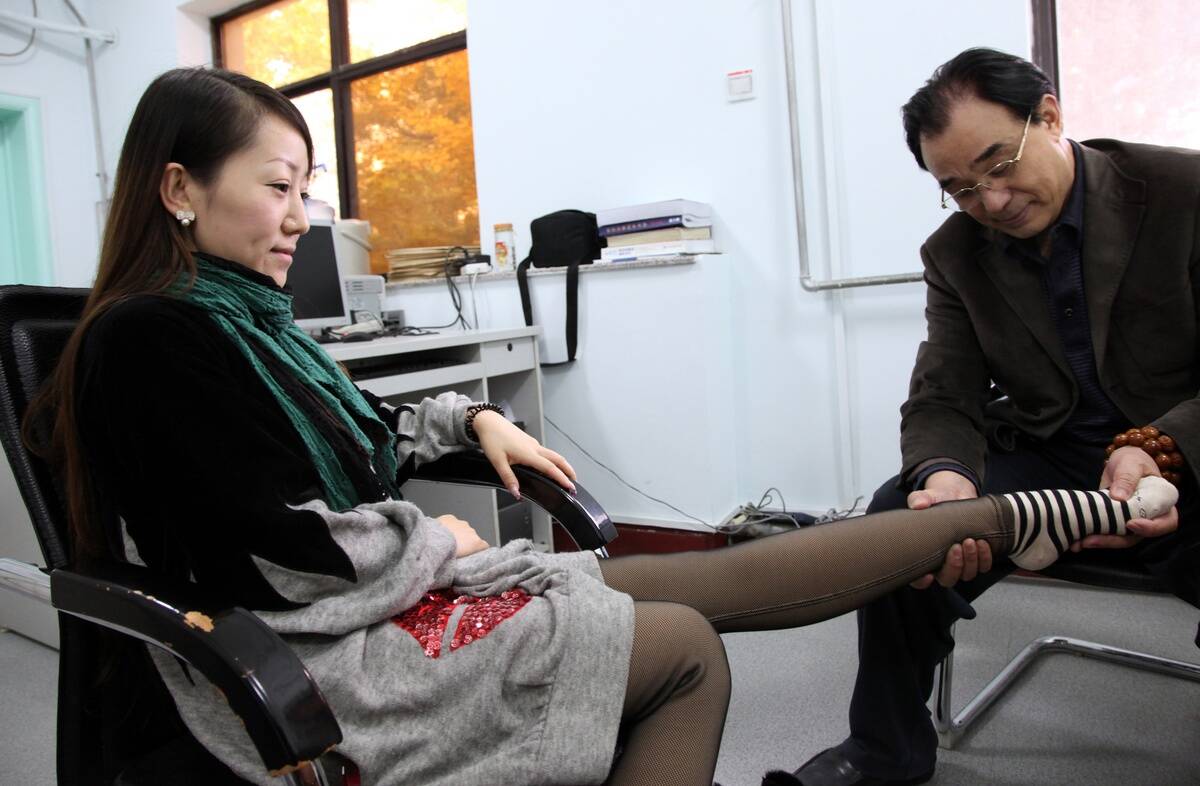
The study of regenerative animals offers valuable insights for human medicine. By understanding how these creatures regrow limbs and tissues, scientists hope to develop treatments for human injuries and degenerative diseases. Advances in stem cell research and regenerative medicine are inspired by nature’s regenerators, paving the way for potential breakthroughs in healing and tissue engineering for humans.




